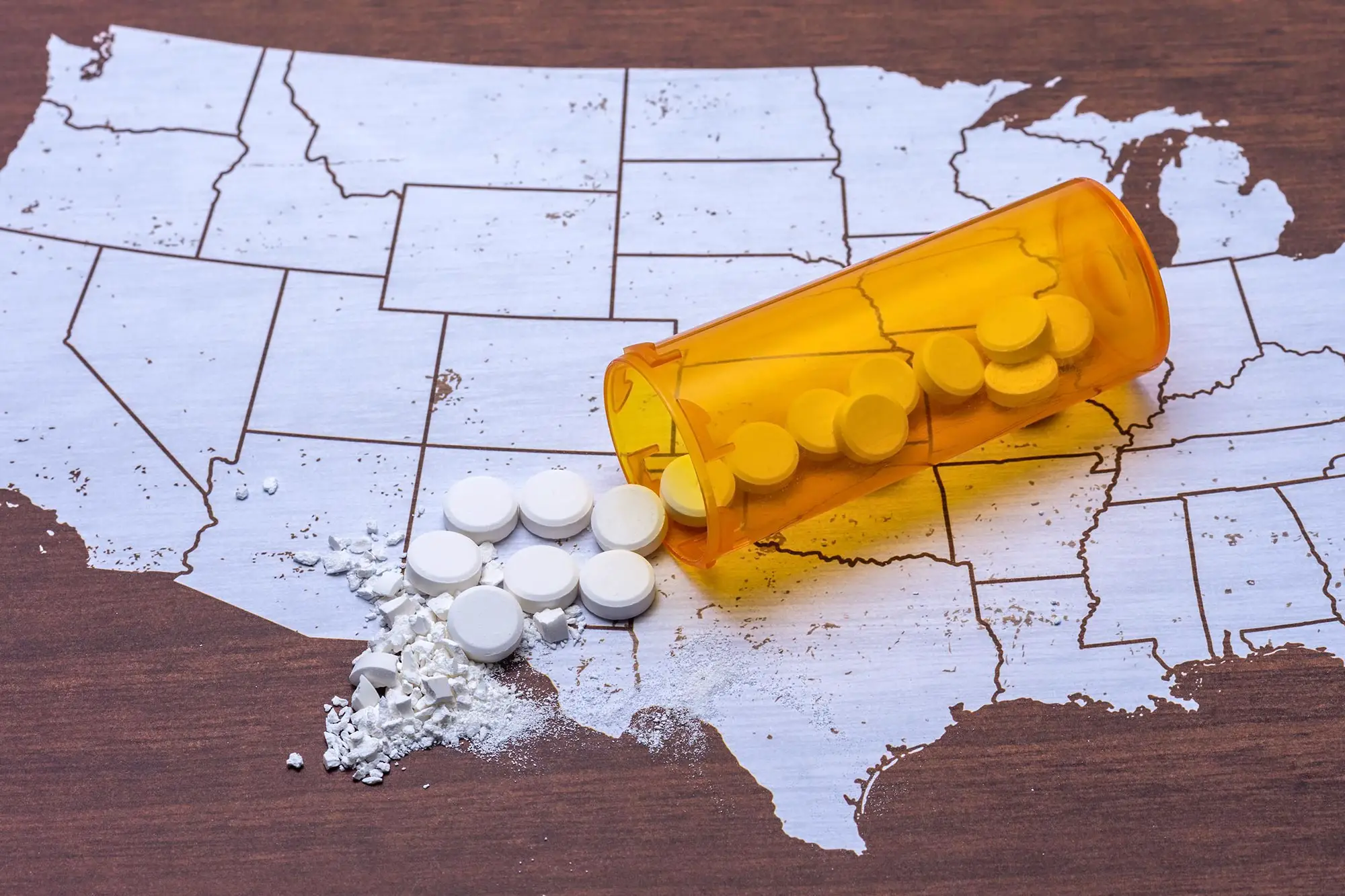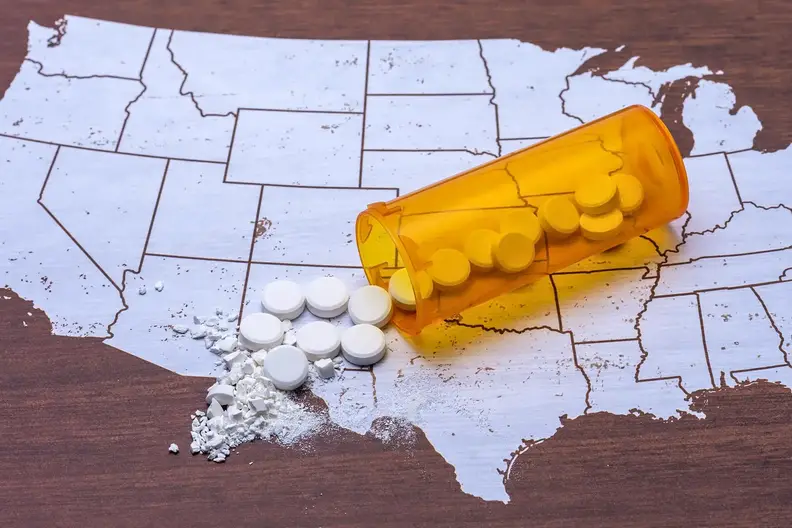

New research indicates that only 25% of U.S. adolescent addiction treatment facilities offer buprenorphine, the only approved medication for treating opioid addiction in 16-18 year olds. The study, pointing out a stark gap in evidence-based addiction treatment access among young people, calls for enhanced education, funding, and public awareness.
NIH-funded study indicates a substantial need to expand access to evidence-based treatment among young people.
Only 1 in 4 residential addiction treatment facilities caring for U.S. adolescents under 18 years old offer buprenorphine, a medication used to treat opioid use disorder, according to a new study. Only 1 in 8 offer buprenorphine for ongoing treatment. These findings highlight a significant gap in access to evidence-based addiction treatment among young people. Published in JAMA, this study was supported by the National Institute on Drug Abuse (NIDA) and the National Center for Advancing Translational Sciences (NCATS), both part of the National Institutes of Health (NIH), and led by researchers at Oregon Health & Science University (OHSU).
There has been a dramatic rise in overdose deaths among young people aged 14-18 in recent years, likely driven by illicit counterfeit pills containing fentanyl. For those with opioid use disorder, medications are the most effective treatment options for preventing both return to opioid use and overdose deaths. Buprenorphine is the only medication for opioid use disorder that is approved by the U.S. Food and Drug Administration for use in people aged 16-18. Although buprenorphine is not approved for use among people under the age of 16 in the U.S., some professional medical societies recommend that buprenorphine be considered as a treatment option for opioid use disorder in younger people.
“It is tragic to see that young people with opioid use disorder are unable to access buprenorphine in most treatment facilities, despite this medication being the standard of care for people aged 16 and older” said Nora Volkow, M.D., director of NIDA. “Residential treatment facilities provide an opportunity to reach young people with a range of evidence-based supports at a pivotal time in their lives, and it is crucial that buprenorphine is made available as one of those options.”
Residential treatment facilities are part of the continuum of care for adolescents with opioid use disorder. However, little is known about specific evidence-based treatment options offered to young people at these facilities, including medications for opioid use disorder. To address this gap, researchers at OHSU sought to determine how many adolescent treatment centers in the U.S. were offering buprenorphine to treat opioid use disorder.
Using the FindTreatment.gov database, which is maintained by the Substance Abuse and Mental Health Services Administration (SAMHSA), the researchers identified a list of 354 centers across the U.S. that offered treatment for “substance use,” in a “residential/24-hour residential” service setting, and for “children/adolescents” (defined as people aged 17 and younger) to include in the analysis.
Researchers called these facilities to inquire about treatment and services offered as potential users of these services for a 16-year-old with a recent non-fatal fentanyl overdose. Between October and December 2022, the study team called the facilities in a random order and confirmed that 160 (45%) of these facilities provided residential treatment to patients under the age of 18.
Of the 160 residential addiction treatment facilities found to provide treatment to young patients, the researchers found that 39 facilities (24%) said that they offered buprenorphine to patients aged 16 or older, including through partnership with outside prescribing clinicians, though specific parameters for offering buprenorphine varied by site. For instance, only 20 facilities (12.5%) said that they offered buprenorphine for ongoing treatment. 12 facilities (7.5%) said that they offered buprenorphine to adolescents under 16 years of age.
Among the other 121 facilities that did not offer buprenorphine to adolescents or weren’t sure, 57 (47%) indicated that adolescents prescribed buprenorphine by their own clinician could stay on it at least temporarily, although some stated they would discontinue it before discharge. And 27 (22%) required that adolescents were not taking buprenorphine in order to be admitted for residential treatment.
Based on these findings, the average person would need to call nine facilities on the SAMHSA list to find one that offered buprenorphine. To find one for an adolescent under 16, they would need to call 29 facilities.
“These residential treatment centers see some of the most vulnerable adolescents in our communities,” said lead author Caroline King, M.D., Ph.D., who completed this research as a student in the OHSU School of Medicine. “We need to support these centers to make evidence-based care the norm.”
“Buprenorphine is the one medication that’s approved for use in adolescents, and it’s underused in facilities taking care of kids with the most severe opioid use disorder,” said co-author Todd Korthuis, M.D., M.P.H., head of addiction medicine at OHSU. “It’s a big issue, but it’s something that we can change by supporting these treatment centers with education and technical assistance about buprenorphine, better funding to staff these centers, and by letting the public know that buprenorphine is necessary treatment in healing brains.”
For more on this study, see Teens Rarely Receive Proven Lifesaving Addiction Medication in U.S. Treatment Centers.
Reference: “Treatments Used Among Adolescent Residential Addiction Treatment Facilities in the US, 2022” by Caroline King, PhD, MPH; Tamara Beetham, MPH; Natashia Smith, MD; Honora Englander, MD; Scott E. Hadland, MD, MPH, MS; Sarah M. Bagley, MD, MSc and P. Todd Korthuis, MD, MPH, 13 June 2023, JAMA.
DOI: 10.1001/jama.2023.6266
For more information on substance and mental health treatment programs in your area, call the free and confidential National Helpline 1-800-662-HELP (4357) or visit www.FindTreatment.gov.